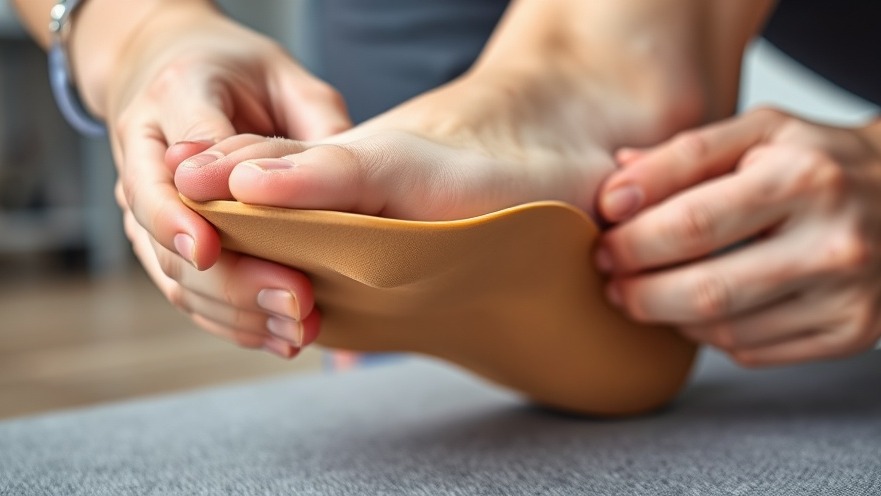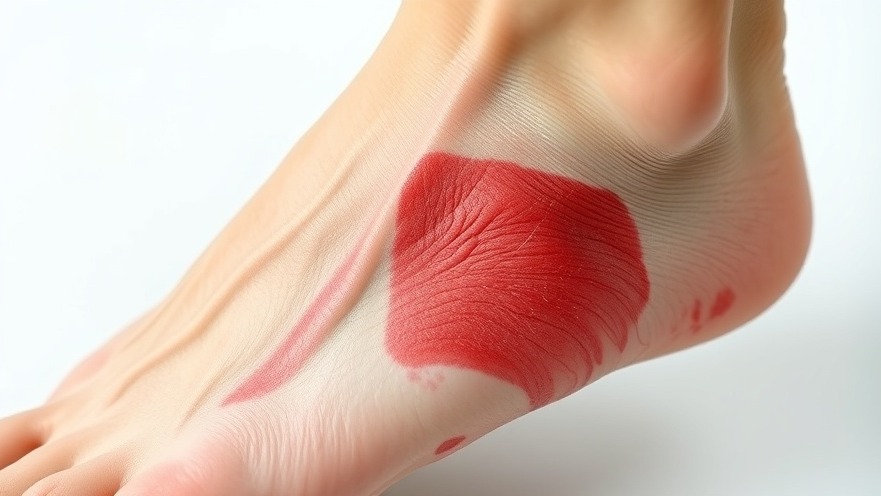
Is Balance More Important Than Ever as We Age?
As we navigate life's journey, maintaining balance becomes increasingly crucial, especially as we age. Good balance not only contributes to physical stability but also enhances our overall quality of life. A wealth of research demonstrates the connections between balance, mobility, and the ability to live independently. This article delves into the intriguing relationship between balance and orthotics, revealing how specialized footwear can enhance stability and improve the quality of life for a variety of individuals.
What Exactly Is Balance?
Balance isn't as straightforward as it may seem. At its core, it involves distributing body weight efficiently over a base of support. However, achieving optimal balance is a complex orchestration of our vestibular and proprioceptive systems. The vestibular system relies on signals from our inner ears and movements, while proprioception enables us to sense our body's position in space, influenced significantly by foot feedback. Disruptions in these systems can easily lead to compromised stability, making effective balance a vital element of health.
Can Orthotics Really Improve Balance?
Recent studies have highlighted the potential benefits of orthotics in improving balance, particularly among specific populations. A systematic review highlighted that thin, hard-soled shoes, often recommended for older adults, positively impact stability. Moreover, the incorporation of orthotics complements appropriate footwear to create a robust intervention that helps curb falls and promote balance.
Finding Balance in Children with Joint Hypermobility
Orthotics have shown promising outcomes in children suffering from Joint Hypermobility Syndrome. Parents frequently describe their children as floppy or prone to clumsiness due to their extended range of motion. Research indicates that orthotics can enhance gait patterns, suggesting immediate improvements in balance for such kids. These findings pave the way for future exploration into the long-term benefits of orthotics, highlighting their potential therapeutic role in childhood mobility challenges.
Enhancing Stability in Diabetic Neuropathy
Diabetes can severely impact a person’s balance due to peripheral neuropathy. A 2022 study provided compelling evidence supporting the use of textured insoles to enhance proprioception in this demographic. Remarkably, the study participants, many of whom had numbness in their feet, still experienced balance improvements. Textured surfaces stimulate sensory feedback—crucial for maintaining stability—demonstrating that innovative orthotic designs can address complex health issues and improve life quality.
Orthotics Post Ankle Injury: A Game Changer
For individuals recovering from lateral ankle sprains, orthotics can play a significant role. Research indicates that patients using orthotics experience increased stability and reduced postural sway during balance tests. This evidence highlights the importance of employing proper recovery methods, including the appropriate orthotic interventions, to restore functionality and improve everyday movement.
The Old Man Test: A Simple Indicator of Balance
If you're curious about your balance capabilities, why not try the Old Man Test at home? Put on your shoes and socks and stand on one foot. Track your time, and see if you can improve it over time. As you enhance your balance, you’ll likely feel more stable and confident while walking and navigating daily tasks.
Taking Control of Your Balance
Investing in the right orthotic solutions can be a vital step towards improving your balance and overall health. Whether you're an individual at risk of falls or someone managing a condition like diabetes or joint hypermobility, orthotics could provide the support you need. Remember, it's not just about footwear; it's about aligning your body with nature's intended design. If you're curious about options available to you, be proactive in seeking guidance from healthcare professionals specialized in orthopedic care.
 Add Row
Add Row  Add
Add 




Write A Comment